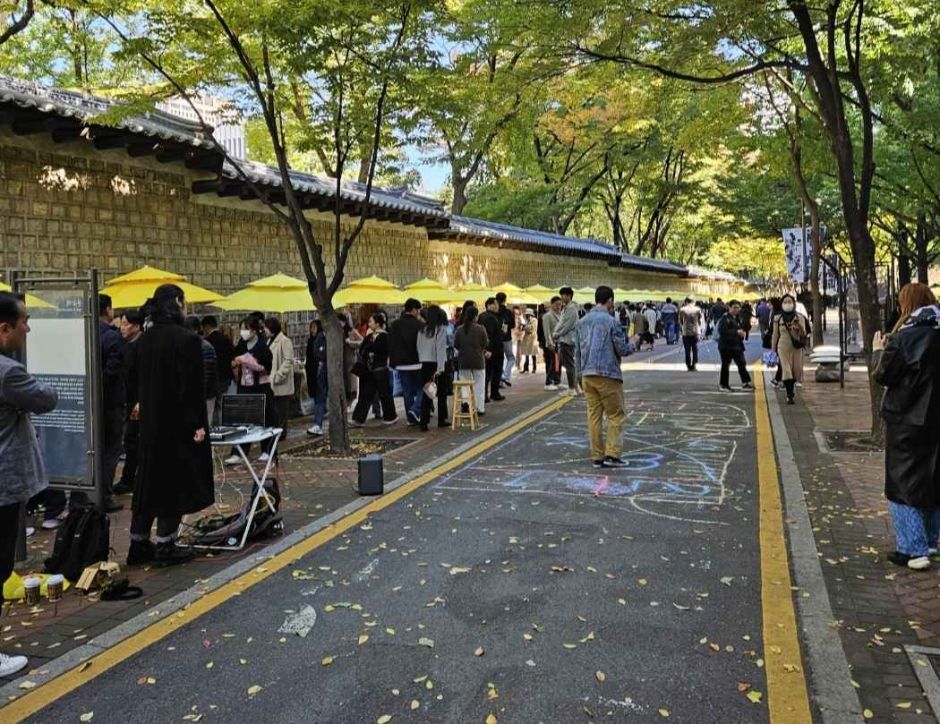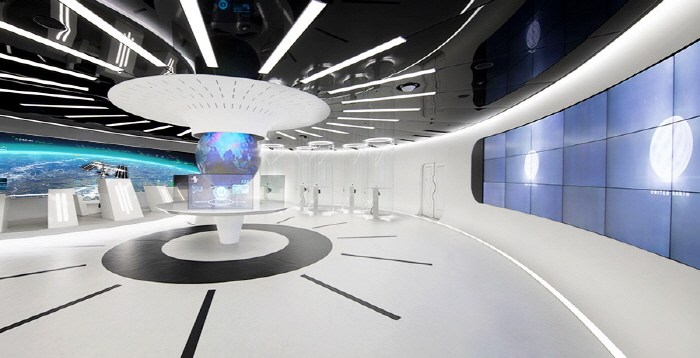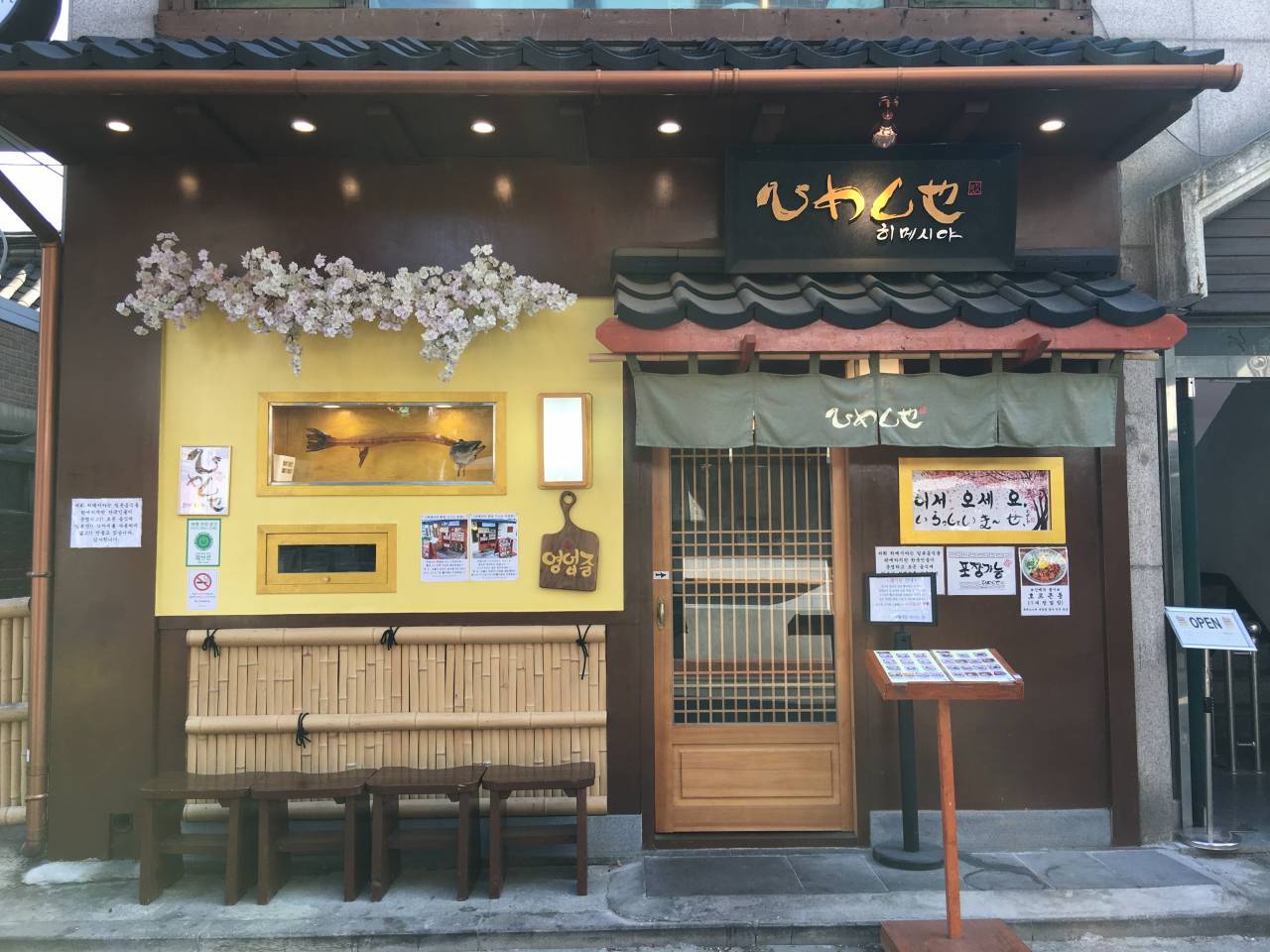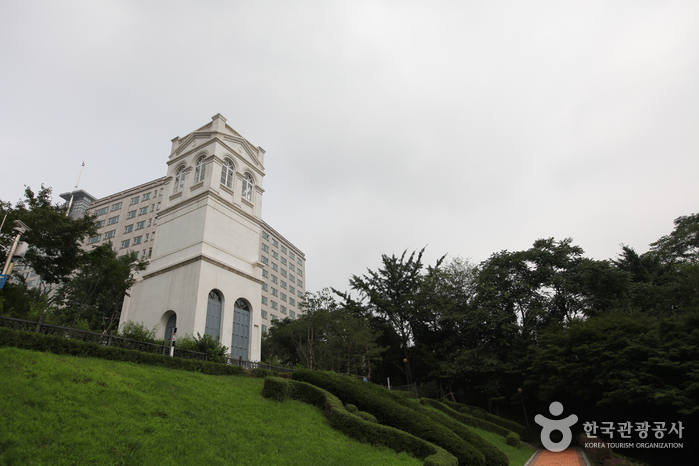Jeongdong Culture Festival (정동문화축제)
1.6Km 2024-10-11
Jeong-dong, Jung-gu, Seoul
+82-2-3701-1603
Jeongdong Culture Festival brings an autumn ambience to Jeongdong-gil in Jung-gu, Seoul. The festival aims to promote the attractions within the area through various events and exhibitions.
Dalgaebi (달개비)
1.6Km 2024-03-15
16 Sejong-daero 19-gil, Jung-gu, Seoul
+82-82-2-765-2035, 2068
Dalgaebi is a restaurant specializing in Korean table d'hote, using fresh seasonal ingredients. Its flagship menu is the teukseon sangcharim jeongsik (special set menu), which includes porridge, seasonal dishes, main courses, and desserts. The galbi sangcharim (galbi course), featuring premium Korean beef galbi grilled over charcoal and served with soybean paste jjigae, is also popular. Known for its private dining spaces and upscale ambiance, reservations can be made via phone.
SK Telecom T.um (SK텔레콤 미래기술체험관 T.um(티움))
1.6Km 2024-03-06
65, Eulji-ro, Jung-gu, Seoul
+82-2-6353-6665
SK Telecom T.um is an ICT museum. T.um stands for 'Technology, U-topia, Museum'. It boasts a wide array of experience technologies such as 5G autonomous vehicles, drones, flying cars, artificial intelligence, big data, virtual reality, augmented reality, robots, Internet of Things, and 3D printing. Visitors can also see the future city based on 5G. Reservations are required online.
Himesiya (히메시야)
1.6Km 2021-03-18
40, Changgyeonggung-ro, 26-gil, Jongno-gu, Seoul
+82-70-4187-4569
This is a Japanese cuisine located in Changgyeonggung Palace, Seoul. This restaurant specializes in Japanese rice bowls with toppings. The best menu at this restaurant is katsudon.
Gyerim Sikdang (계림식당)
1.6Km 2021-03-19
39, Donhwamun-ro, 4-gil, Jongro-gu, Seoul
+82-2-2266-6962
This is a Korean cuisine located in Jongno, Seoul. The best menu at this restaurant is spicy braised chicken. Try Korean spicy chicken dishes.
Gyeonghuigung Palace (경희궁)
1.6Km 2024-07-09
45 Saemunan-ro, Jongno-gu, Seoul
+82-2-724-0274
Gyeonghuigung Palace, a designated Historic Site, was originally called the large palace by Saemun Gate, or the Western Palace, for its location within the city. It was not until the eighth year of Gwanghaegun (1616) that the palace was used as a royal residence for the king, changing the name to Gyeongdeokgung Palace. The name later changed again to the current Gyeonghuigung Palace in 1760. The palace grounds included many halls but they were mostly all burned down in a fire in 1829. After the Japanese occupation began, all remaining buildings on the site were torn down and the palace grounds were turned into Gyeongseong Middle School (now Seoul High School). The school moved to Gangnam area in 1987, afterwhich the previous location was turned into a park. The palace grounds currently hold Seoul Museum of Art and walking paths, as well as a restoration of Heunghwamun Gate, the main gate of the palace, and Sungjeongjeon Hall, the main hall, completed in November 1994.
Lloyd - Daehangno Branch [Tax Refund Shop] (로이드 대학로)
1.6Km 2024-04-17
1F, 31, Daemyeong-gil, Jongno-gu, Seoul
-
Seoul Former Russian Legation (서울 구 러시아공사관)
1.6Km 2020-06-18
21-18, Jeongdong-gil, Jung-gu, Seoul
+82-2-3396-5882
The Russian Legation was built in a Renaissance style in 1890. Russian architect, A. J. Scredin Sabatine designed the structure. In 1895, during the Joseon dynasty, the Eulmisabyeon Incident took place as a show of force by the Japanese.
Empress Myeongseong-hwanghu was emerging as a strong figure in Korea at a time when a power struggle between Japan, China, Russia, and other powers were taking place. Japanese Minister, Miura Goro saw her as a threat and ordered her assassination. After hearing news of the Empress’s assassination, King Gojong and the Crown Prince sought refuge in the Russian Embassy for one year.
After 1945, the Soviet Union took over the embassy until it was almost completely destroyed by a fire during the Korean War [1950~1953]. The only remaining parts of the building are the tower and basement areas. The building was restored to its current condition in 1973 and is now enjoyed by many as a public park.





![Coco Pharmacy [Tax Refund Shop] (코코약국)](http://tong.visitkorea.or.kr/cms/resource/91/2878591_image2_1.jpg)
 English
English
 한국어
한국어 日本語
日本語 中文(简体)
中文(简体) Deutsch
Deutsch Français
Français Español
Español Русский
Русский